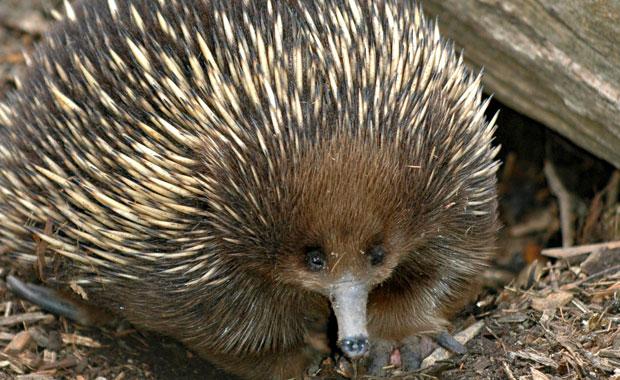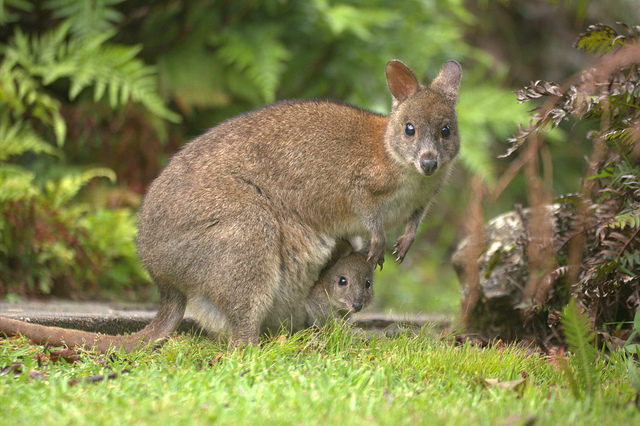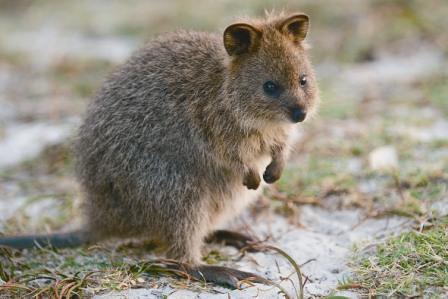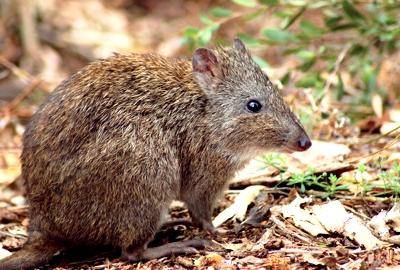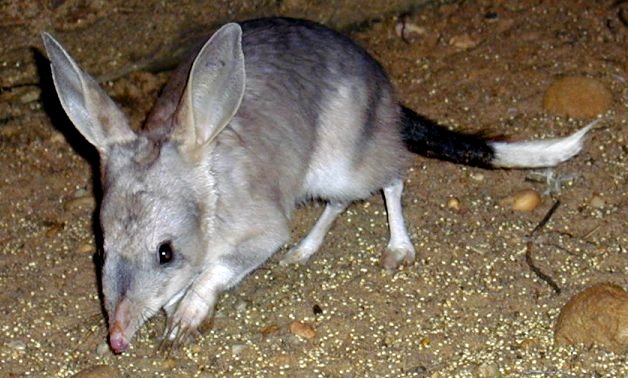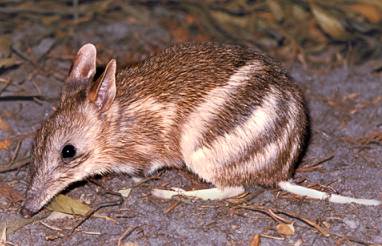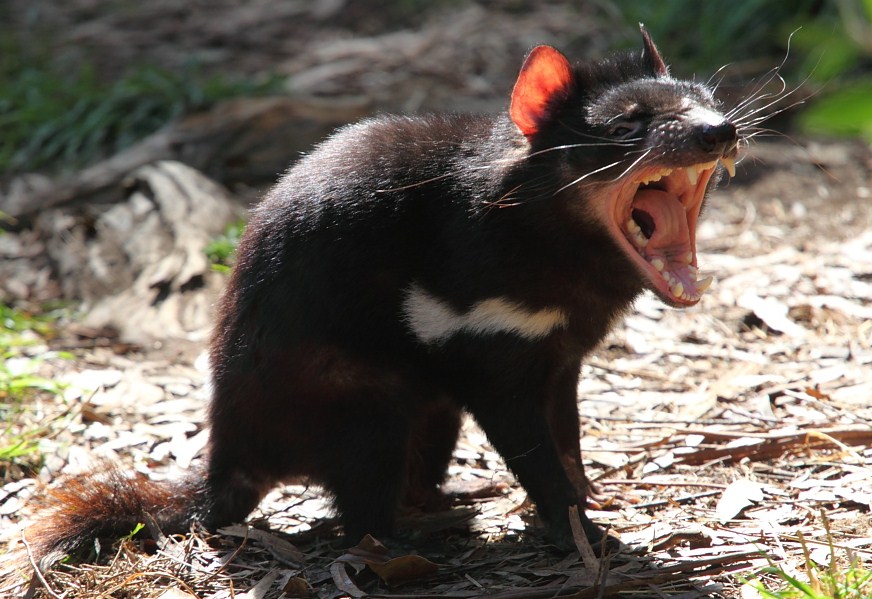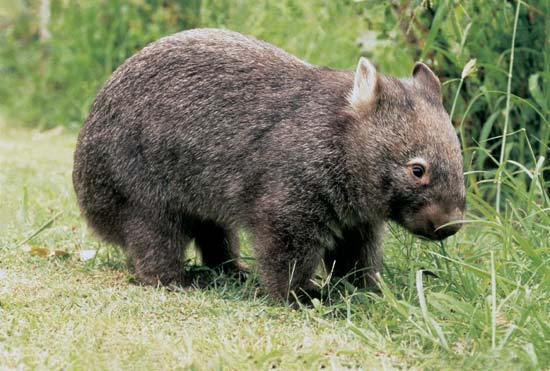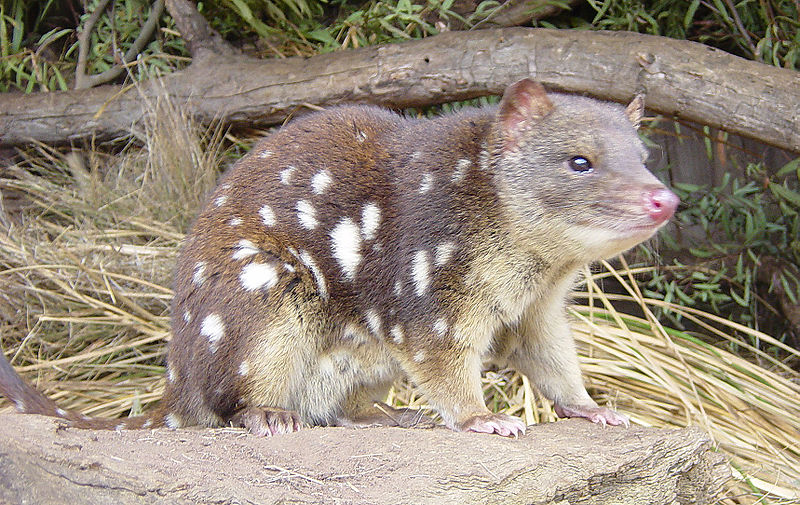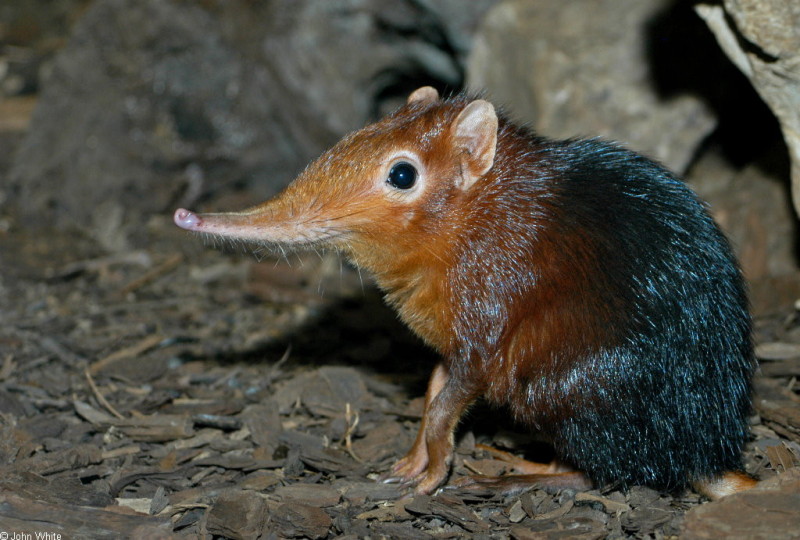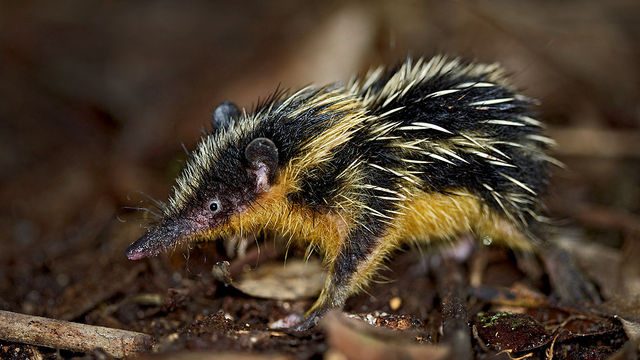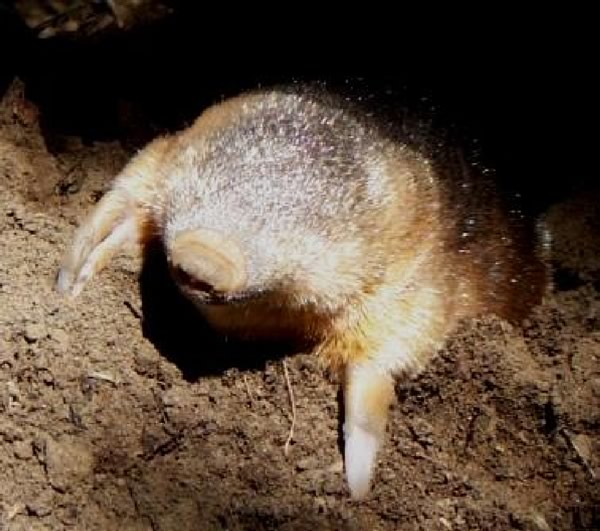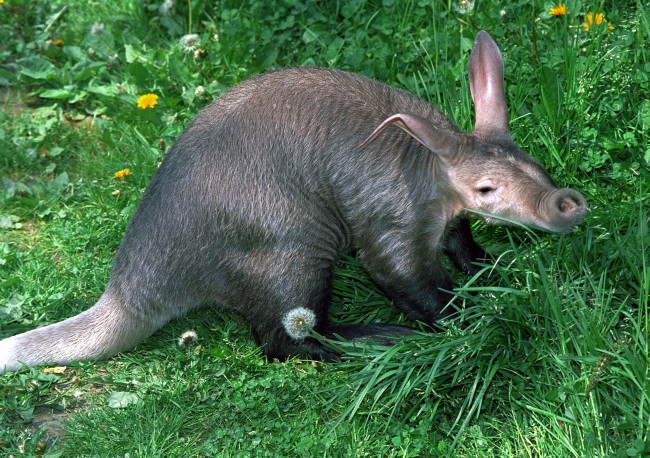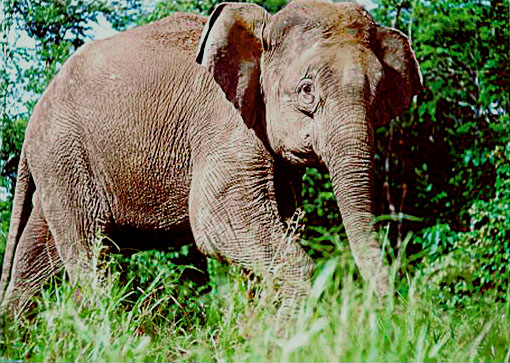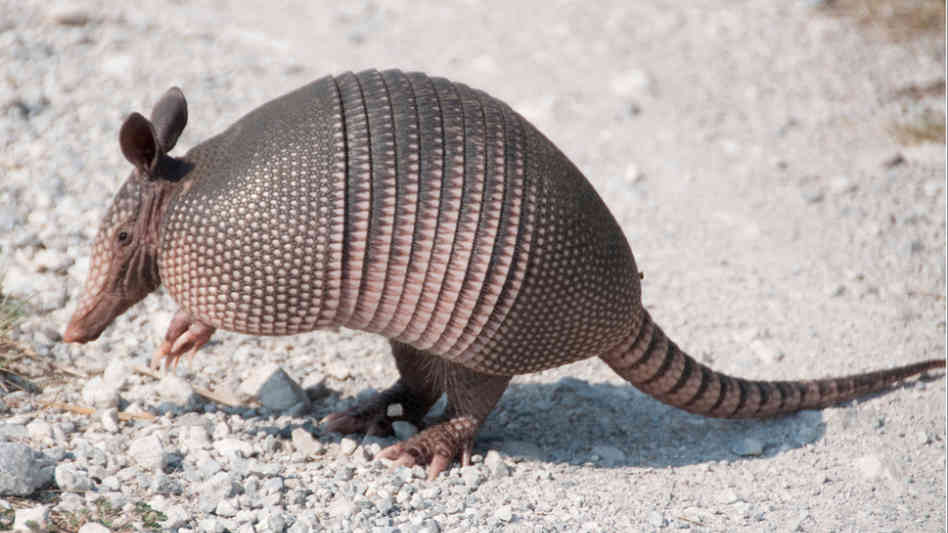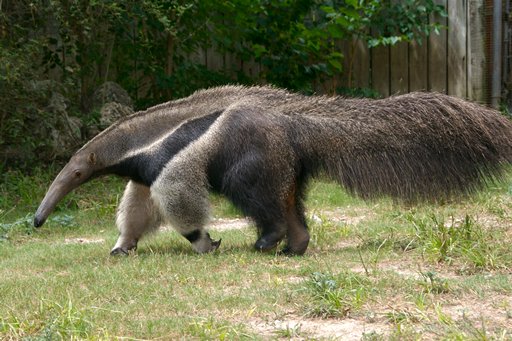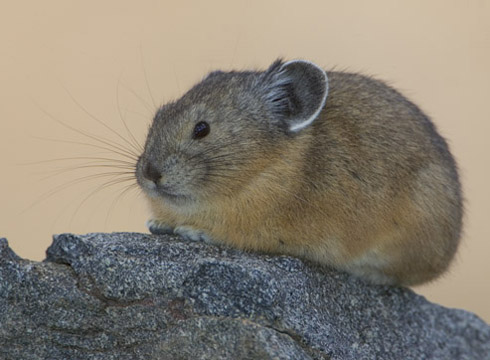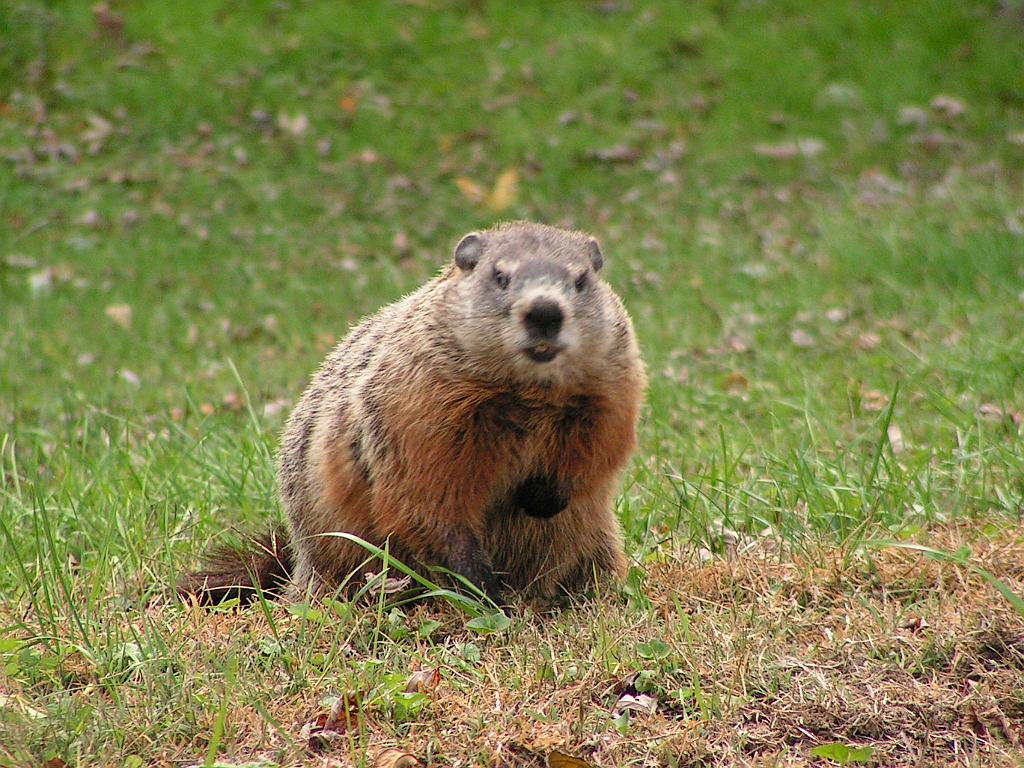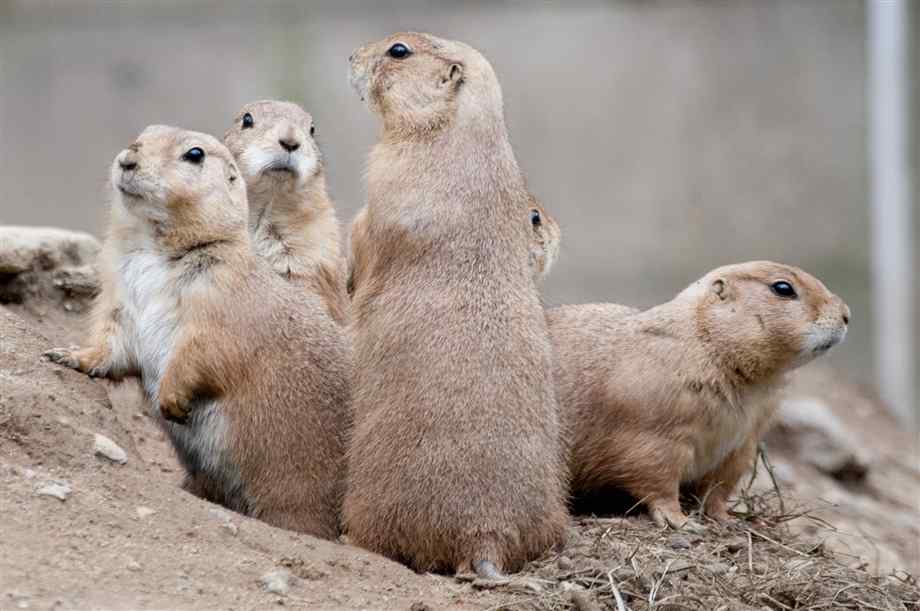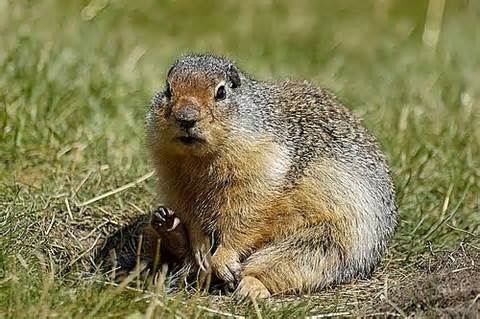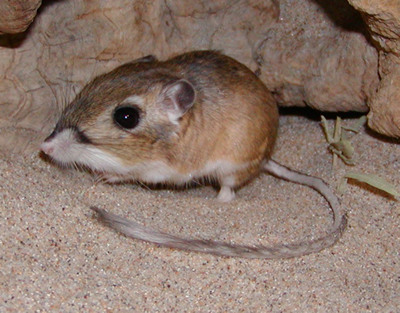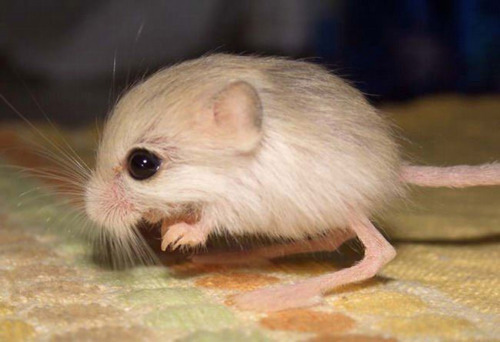Difference between revisions of "Physical World/Mammals - 1"
(Formatting edits) |
(Added images) |
||
| Line 169: | Line 169: | ||
They are often mistaken for rodents, but are more closely related to elephants and manatees. Four species are recognised; the rock hyrax (pictured), the yellow-spotted rock hyrax, the western tree hyrax and the southern tree hyrax | They are often mistaken for rodents, but are more closely related to elephants and manatees. Four species are recognised; the rock hyrax (pictured), the yellow-spotted rock hyrax, the western tree hyrax and the southern tree hyrax | ||
|- | |- | ||
| − | | | + | |[[File:Borneo elephant.jpg|none|thumb]] |
|'''Borneo elephant''' | |'''Borneo elephant''' | ||
| Line 180: | Line 180: | ||
The Sultan of Sulu introduced captive elephants to Borneo in the 18th century, which were released into the jungle | The Sultan of Sulu introduced captive elephants to Borneo in the 18th century, which were released into the jungle | ||
|- | |- | ||
| − | | | + | |[[File:Armadillo.jpg|none|thumb]] |
|'''Armadillo''' | |'''Armadillo''' | ||
| Line 189: | Line 189: | ||
Some species distinguished by the number of bands on their armour. The giant armadillo grows up to 150 cm, while the pink fairy armadillo has an overall length of up to 15 cm. All species are native to the Americas. Some species roll up into a ball when threatened. The North American nine-banded armadillo tends to jump straight in the air when surprised | Some species distinguished by the number of bands on their armour. The giant armadillo grows up to 150 cm, while the pink fairy armadillo has an overall length of up to 15 cm. All species are native to the Americas. Some species roll up into a ball when threatened. The North American nine-banded armadillo tends to jump straight in the air when surprised | ||
|- | |- | ||
| − | | | + | |[[File:Anteater.jpg|none|thumb]] |
|'''Giant anteater''' | |'''Giant anteater''' | ||
| Line 200: | Line 200: | ||
Native to Central and South America. All anteaters have elongated snouts equipped with a thin tongue that can be extended to a length greater than the length of the head; their tube-shaped mouths have lips but no teeth | Native to Central and South America. All anteaters have elongated snouts equipped with a thin tongue that can be extended to a length greater than the length of the head; their tube-shaped mouths have lips but no teeth | ||
|- | |- | ||
| − | | | + | |[[File:Pika.jpg|none|thumb]] |
|'''Pika''' | |'''Pika''' | ||
| Line 211: | Line 211: | ||
It is also known as the "whistling hare" due to its high-pitched alarm call when diving into its burrow | It is also known as the "whistling hare" due to its high-pitched alarm call when diving into its burrow | ||
|- | |- | ||
| − | | | + | |[[File:Groundhog.jpg|none|thumb]] |
|'''Groundhog''' | |'''Groundhog''' | ||
| Line 222: | Line 222: | ||
Groundhog Day is celebrated on February 2 | Groundhog Day is celebrated on February 2 | ||
|- | |- | ||
| − | | | + | |[[File:Prairie dog.jpg|none|thumb]] |
|'''Prairie dog''' | |'''Prairie dog''' | ||
| Line 232: | Line 232: | ||
Prairie dogs are named for their habitat and warning call, which sounds similar to a dog's bark | Prairie dogs are named for their habitat and warning call, which sounds similar to a dog's bark | ||
|- | |- | ||
| − | | | + | |[[File:Gopher.jpg|none|thumb]] |
|'''Gopher''' | |'''Gopher''' | ||
| Line 243: | Line 243: | ||
Gophers live in Central and North America. They are commonly known for their extensive tunneling activities | Gophers live in Central and North America. They are commonly known for their extensive tunneling activities | ||
|- | |- | ||
| − | | | + | |[[File:Kangaroo rat.jpg|none|thumb]] |
|'''Kangaroo rat''' | |'''Kangaroo rat''' | ||
| Line 252: | Line 252: | ||
The common name derives from their bipedal form. They hop in a manner similar to the much larger kangaroo, although they are not related. Native to North America | The common name derives from their bipedal form. They hop in a manner similar to the much larger kangaroo, although they are not related. Native to North America | ||
|- | |- | ||
| − | | | + | |[[File:Baluchistan pygmy jerboa.jpg|none|thumb]] |
|'''Baluchistan pygmy jerboa''' | |'''Baluchistan pygmy jerboa''' | ||
Revision as of 10:31, 4 July 2021
| Duck-billed platypus
The male platypus has a spur on the hind foot that delivers venom capable of causing severe pain to humans | |
| Echidna
Also known as spiny anteaters. Baby echidna is called a puggle | |
| Pademelon
Besides their smaller size, pademelons can be distinguished from wallabies by their shorter, thicker, and sparsely haired tails Usually found in forests | |
| Quokka
The quokka is herbivorous and mainly nocturnal. Quokkas can be found on some smaller islands off the coast of Western Australia, in particular on Rottnest Island just off Perth. It is about the size of a domestic cat | |
| Potoroo
Gilbert's potoroo is Australia's most endangered animal | |
| Virginia opossum
| |
| Bilby
An Australian desert-dwelling marsupial omnivore. Bilbies have a long muzzle and very long ears | |
| Bandicoot
| |
| Tasmanian devil
Now found in the wild only on Tasmania | |
| Wombat
Fatso the Fat-Arsed Wombat was an unofficial mascot of the Sydney 2000 Summer Olympics | |
| Koala
| |
| Quoll
| |
| Elephant shrew
Also known as sengis | |
| Tenrec
Found on Madagascar and in parts of the African mainland | |
| Golden mole
| |
| Aardvark
| |
| Hyrax
| |
| Borneo elephant
The Sultan of Sulu introduced captive elephants to Borneo in the 18th century, which were released into the jungle | |
| Armadillo
| |
| Giant anteater
Native to Central and South America. All anteaters have elongated snouts equipped with a thin tongue that can be extended to a length greater than the length of the head; their tube-shaped mouths have lips but no teeth | |
| Pika
It is also known as the "whistling hare" due to its high-pitched alarm call when diving into its burrow | |
| Groundhog
Groundhog Day is celebrated on February 2 | |
| Prairie dog
They are a type of ground squirrel. Burrowing rodents native to the grasslands of North America Prairie dogs are named for their habitat and warning call, which sounds similar to a dog's bark | |
| Gopher
Gophers live in Central and North America. They are commonly known for their extensive tunneling activities | |
| Kangaroo rat
| |
| Baluchistan pygmy jerboa
Smallest rodent in the world. Adults average only 4.4 cm (1.7 in) in head and body length | |
| Norway lemming
Lemmings do not commit mass suicide when they migrate | |
| Mara
| |
| Capybara
The largest living rodent in the world (ahead of the beaver and porcupine). Found wild in much of South America Very popular with quiz setters. The Billy Fury of Rodentia | |
| Paca
| |
| Degu
Degus have an intolerance to dietary sugar and are used in diabetes research | |
| Common agouti
| |
| Colugo
| |
| Slow loris
The group's closest relatives are the arboreal slender lorises | |
| Galago
Galagos have large eyes that give them good night vision, strong hind limbs, acute hearing, and long tails that help them balance. Their ears are batlike and allow them to track insects in the dark | |
| Potto
In the same family as the lorises The potto inhabits the canopy of rain forests in tropical Africa. It is nocturnal and arboreal | |
| Ring-tailed lemur
The most recognized lemur due to its long, black and white ringed tail. Like all lemurs it is endemic to the island of Madagascar and female dominant | |
| Aye-aye
A lemur native to Madagascar and the world’s largest nocturnal primate Aye-ayes tap on the trunks and branches of the trees, and listen to the echo produced to find hollow chambers inside. Once a chamber is found, they chew a hole into the wood and get grubs out of that hole with their narrow and bony middle finger | |
| Tarsier
Restricted to several Southeast Asian islands |

